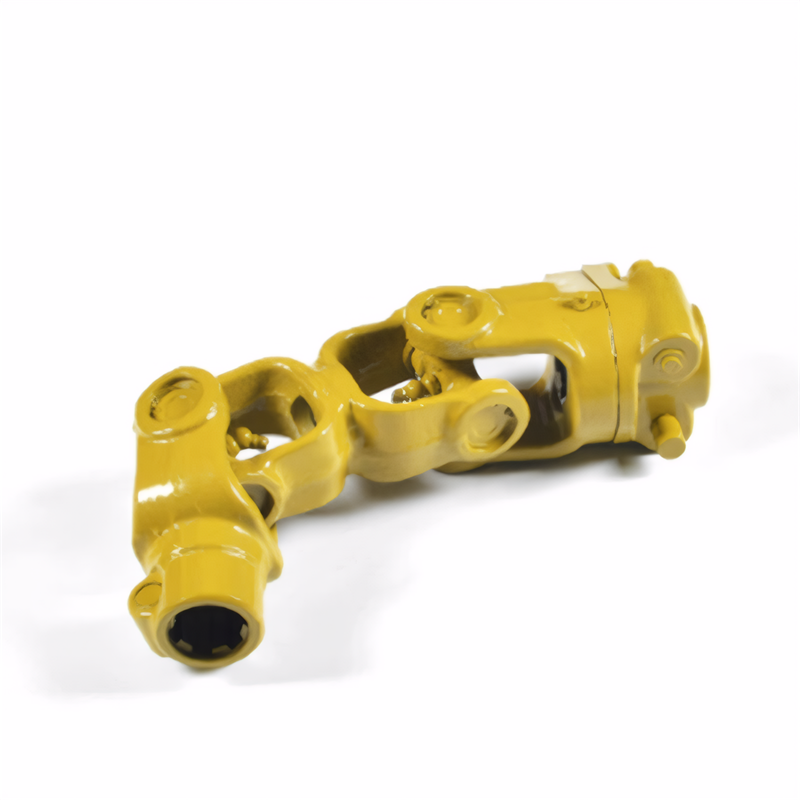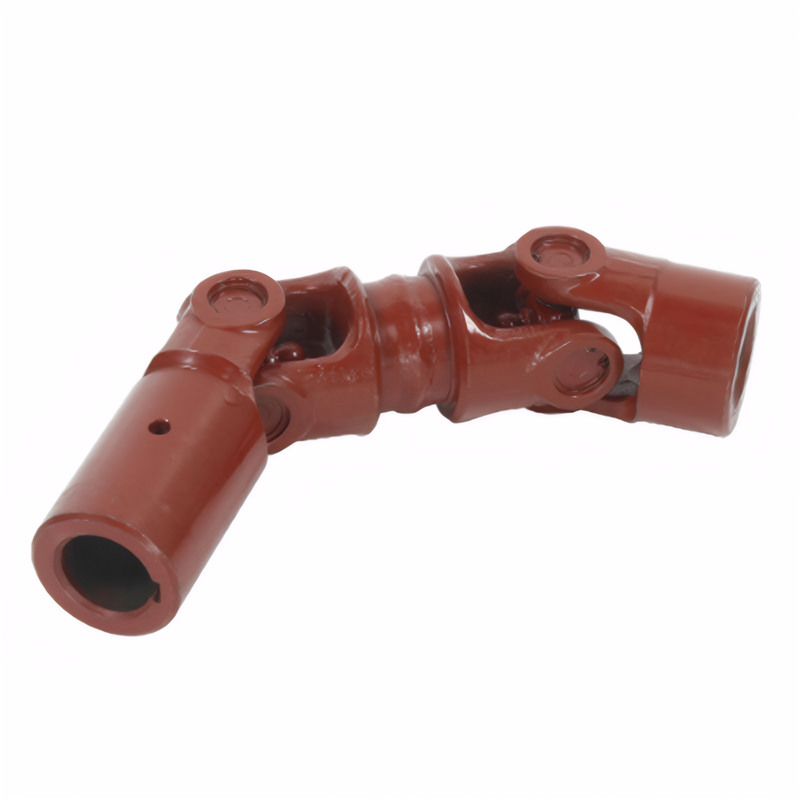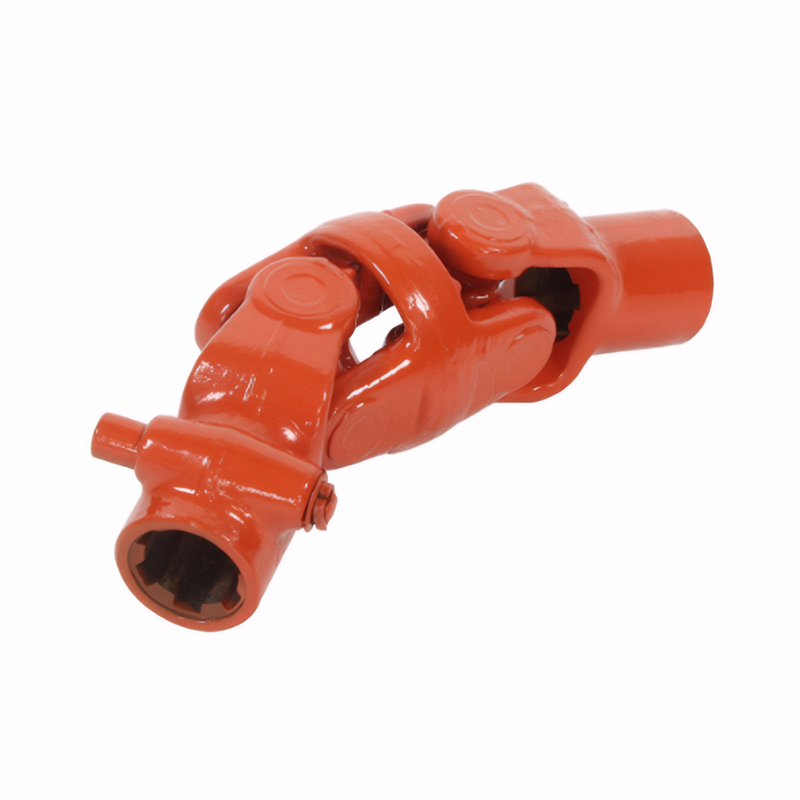The replacement steps of universal joints for drive shafts and key points of CNC processing services for plastic products
Replacement Steps for Transmission Shaft Universal Joints and Key Points of CNC Machining Services for Plastic Products
Replacement Steps for Transmission Shaft Universal Joints
Pre - replacement Preparation
Before starting the replacement of the transmission shaft universal joint, safety is of utmost importance. Park the vehicle on a flat, stable surface and engage the parking brake. Use wheel chocks to prevent the vehicle from rolling. Next, gather the necessary tools, which typically include a jack and jack stands to lift and support the vehicle, wrenches of various sizes to remove bolts and nuts, a pry bar for separating components if needed, and a hammer for light tapping to loosen stubborn parts. Additionally, prepare a container to catch any fluid that may leak during the process, such as transmission fluid if the universal joint is near the transmission.
Removing the Old Universal Joint
Begin by locating the transmission shaft and the universal joint that needs replacement. If the universal joint is connected to the transmission, first drain the transmission fluid according to the vehicle manufacturer's instructions to avoid spillage. Then, use the appropriate wrenches to loosen and remove the bolts or nuts that secure the flanges or yokes connected to the universal joint. In some cases, the universal joint may be pressed - fit into the yokes, and a pry bar can be carefully inserted between the yoke and the universal joint to separate them. Gently tap the pry bar with a hammer to gradually loosen the joint. If the universal joint is held in place by snap rings, use snap - ring pliers to remove them before attempting to separate the components.
Installing the New Universal Joint
Once the old universal joint is removed, clean the mating surfaces of the yokes thoroughly to remove any dirt, grease, or old gasket material. Inspect the yokes for any signs of damage, such as cracks or excessive wear. If the yokes are in good condition, apply a thin layer of high - temperature grease to the bearing surfaces of the new universal joint. Align the new universal joint with the yokes, making sure that the splines or keyways match up correctly. If the universal joint is a press - fit type, use a hydraulic press or a suitable pressing tool to carefully press the joint into the yokes. Ensure that the joint is seated properly and evenly. If the universal joint is secured with bolts or nuts, tighten them to the manufacturer's specified torque using a torque wrench. Finally, reinstall any snap rings if they were removed during the disassembly process.
Post - installation Checks
After installing the new universal joint, lower the vehicle from the jack stands. Start the engine and let it idle for a few minutes to allow the transmission fluid to circulate if it was drained. Check for any fluid leaks around the newly installed universal joint. Then, take the vehicle for a short test drive, starting with low - speed maneuvers and gradually increasing the speed. Listen for any abnormal noises, such as clunking or grinding, which may indicate an improper installation. Also, pay attention to the vehicle's handling and vibration levels. If everything seems normal, the replacement of the transmission shaft universal joint is complete.
Key Points of CNC Machining Services for Plastic Products
Material Selection for Plastic CNC Machining
The choice of plastic material is a critical factor in CNC machining services for plastic products. Different plastics have distinct properties that affect their machinability, strength, and end - use performance. For example, acrylonitrile - butadiene - styrene (ABS) is known for its good impact resistance, dimensional stability, and ease of machining, making it suitable for a wide range of applications, from automotive parts to consumer electronics. Polyethylene (PE) offers excellent chemical resistance and low friction, which is ideal for products that will be in contact with chemicals or require smooth movement. When selecting a material, consider factors such as the operating environment, load - bearing requirements, and the desired aesthetic appearance of the final product.
Precision Control in CNC Machining
Precision is essential in CNC machining of plastic products to ensure that the parts meet the specified dimensions and tolerances. This requires the use of high - precision CNC machines equipped with accurate positioning systems. During the machining process, the cutting tools must be precisely controlled in terms of their movement, speed, and depth of cut. Regular calibration of the CNC machines is necessary to maintain their accuracy. Additionally, use high - quality measurement tools, such as calipers and micrometers, to check the dimensions of the machined parts at various stages of production. By maintaining strict precision control, high - quality plastic components can be produced that fit together correctly in the final assembly.
Surface Finish Enhancement for Plastic Parts
The surface finish of plastic CNC - machined parts can significantly impact their functionality and appearance. A smooth surface finish may be required for products that need to have a high - quality aesthetic appeal or for those that will be in contact with other surfaces to reduce friction. To achieve a good surface finish, start by selecting the appropriate cutting tools. Sharp tools with the right geometry can minimize tool marks and produce a smoother surface. Adjust the cutting parameters, such as spindle speed and feed rate, to optimize the machining process for surface quality. After machining, post - processing techniques such as polishing, sandblasting, or coating can be used to further enhance the surface finish. Polishing can remove any remaining tool marks and give the part a glossy appearance, while sandblasting can create a matte or textured finish depending on the requirements.
Integrating Universal Joint Replacement and Plastic CNC Machining Knowledge
Applying Precision Concepts from Plastic Machining to Universal Joint Installation
The emphasis on precision in plastic CNC machining can be applied to the installation of transmission shaft universal joints. Just as precise dimensions are crucial for plastic parts to fit together correctly, the proper alignment and seating of the universal joint in the yokes are essential for its smooth operation. Using accurate measurement tools during the installation process, similar to those used in plastic machining, can help ensure that the universal joint is installed in the correct position and at the right torque, reducing the risk of premature wear or failure.
Using Material Knowledge from Plastic Selection for Universal Joint Components
Understanding the properties of different materials from plastic selection can also be beneficial when considering the components related to the universal joint. For example, when selecting seals or gaskets that may be used in conjunction with the universal joint, knowledge of material properties such as chemical resistance and temperature tolerance can help in choosing the most suitable materials. This ensures that these components can withstand the operating conditions and provide a reliable seal, just as the right plastic material selection contributes to the quality and durability of plastic CNC - machined products.
 Accuracy requirements for the
Accuracy requirements for the
 Selection of universal joint t
Selection of universal joint t
 Standard for coaxiality error
Standard for coaxiality error
 Requirements for the surface r
Requirements for the surface r
 简体中文
简体中文 English
English
